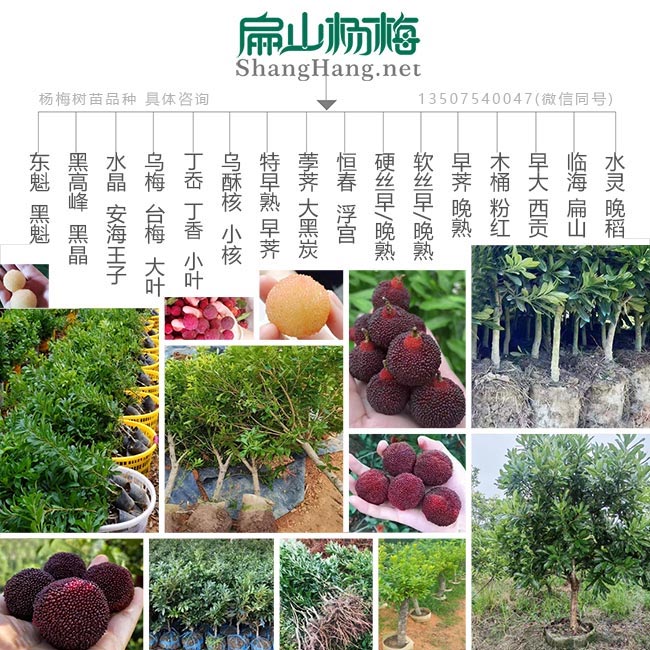造型漂亮高壓(yā)東魁、各省市高產2023-新型改良白楊梅(méi)1年苗30公分、早熟2年苗40-60公分、晚熟3年苗60-98公分、無核楊梅5年苗100-200公分電話13507五40047、白沙(shā)1-2年小嫁接杯苗目(mù)前比較這個品種比(bǐ)較人購買,白(bái)楊梅苗和楊梅果實的價格都相對(duì)紅楊梅貴的多,歡迎合理購買根據自己的需求、黑高峰(fēng)1-3年(nián)楊梅中小杯苗培育標(biāo)準基地、大黑(hēi)炭、浮宮楊梅嫁接小苗、烏梅、烏酥楊(yáng)梅小杯苗、永樹冠楊梅(méi)大杯苗 適合種植地區及發貨地域(yù):浙江、福建、廣西(xī)、江西、湖北、廣東、陝(shǎn)西、雲南、貴州(zhōu),本苗支持出(chū)口。
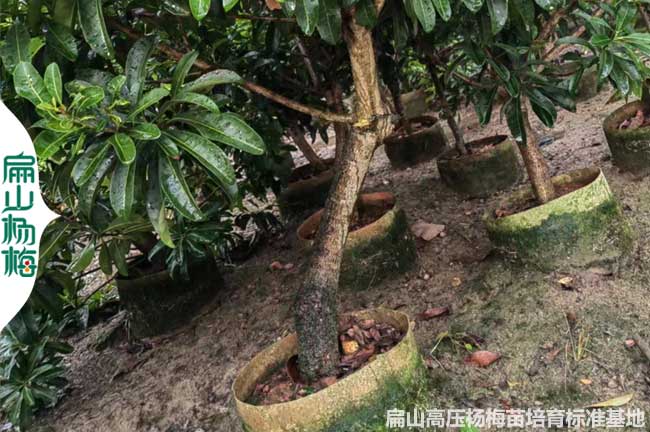
楊(yáng)梅(méi)的抗逆性較強(qiáng),病蟲害發生現象較少,不易形成災害。宜(yí)昌1年嫁接小楊梅苗批發十堰2年東魁楊梅苗種植-扁山楊梅因(yīn)此,原產地群眾素有不施農藥的習慣,但也要注意觀察,一旦發現病蟲應及時(shí)治(zhì)療。
①卷葉蛾及尺蠖、鬆毛蟲等卷、食葉害蟲。主要危害嫩(nèn)梢和葉片。防治(zhì)方法:a)通過清園(yuán),殺死越(yuè)冬蟲體;b)保護天敵;c)噴灑硫酸煙堿800倍,甲胺磷600倍,苦參(cān)堿醇500倍,BT殺蟲(chóng)劑500倍(bèi),滅幼脲1 200倍,或使用白僵菌。
②天牛。主要以幼蟲危害枝幹。防治(zhì)方法:a)注射器將DDV300倍液注入蟲孔(kǒng)內10 mL後以土封口;b)人工捕殺成蟲,用塑(sù)料薄膜包紮(zhā)樹(shù)幹基部;c)推廣頻振式殺蟲燈(dēng)。
①楊梅褐斑病和炭疽病。主要危害葉片。防治辦法:a)清除病源,加強營林措施,增強樹勢;b)用70%甲基托布津800倍液,或65%代森鋅600倍液噴灑。
②楊(yáng)梅軟腐病和幹枯(kū)病。主要危害枝幹,都由弱寄生菌引起。荊門楊梅苗批發到東寶掇刀京山縣沙洋縣鍾祥楊梅苗-扁山楊梅防治(zhì)方法與(yǔ)上述基本相同,也可刮(guā)除病斑(bān)後,塗402抗菌劑50~100倍液。
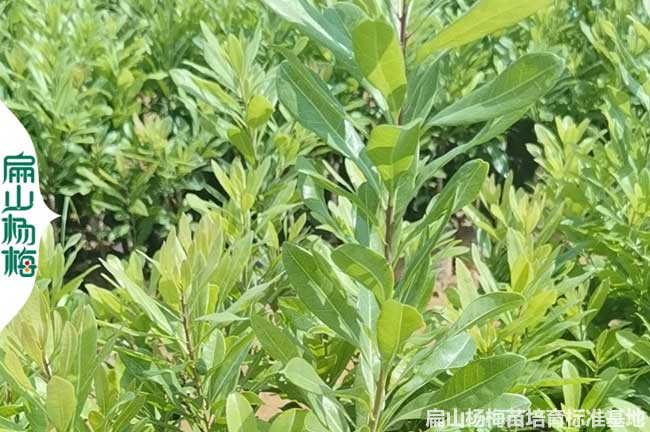
high yield in various provinces and cities. 2023- New improved white poplar seedlings with 1-year seedlings of 30 cm, 2-year seedlings with early maturity of 40-60 cm, 3-year seedlings with late maturity of 60-98 cm, 5-year seedlings with seedless red bayberry with 100-200 cm. phones number 13507五40047, Baisha 1-2 year small grafting cup seedlings. Currently, this variety is relatively popular to purchase. The prices of white poplar seedlings and red bayberry fruits are relatively higher than those of red bayberry. You are welcome to make reasonable purchases according to your own needs Heifeng 1-3 year standard base for cultivating small and medium-sized cup seedlings of Yangmei, Daheitan, Fugong Yangmei grafted small seedlings, Wumei, Wusu Yangmei small cup seedlings, Yongguan Yangmei large cup seedlings suitable for planting and shipping regions: Zhejiang, Fujian, Guangxi, Jiangxi, Hubei, Guangdong, Shaanxi, Yunnan, Guizhou.

Zhejiang Fujian bayberry Yangmei has strong resistance to stress and has fewer occurrences of diseases and pests, making it less prone to disasters. Therefore, the local people have a habit of not applying pesticides, but they should also pay attention to observation and seek timely treatment once diseases and pests are found.
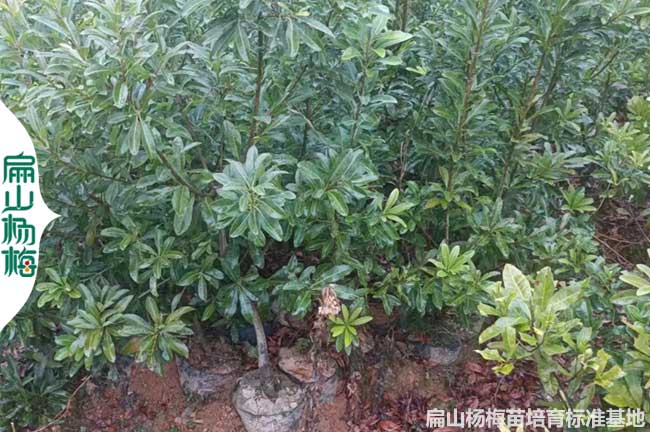
① Leaf rolling moths, inchworms, pine caterpillars, and other leaf rolling and leaf eating pests. Mainly harmful to tender shoots and leaves. Prevention and control methods: a) Kill overwintering insects by clearing the garden; b) Protecting natural enemies; c) Spray 800 times nicotine sulfate, 600 times methamidophos, 500 times matrine alcohol, 500 times BT insecticide, 1200 times chloramphenicol, or use Beauveria bassiana.
② Tianniu. Mainly harming branches and trunks with larvae. Prevention and control method: a) Inject DDV 300 times solution into 10 mL of the wormhole with a syringe and seal it with soil; b) Artificial killing of adult insects, using plastic film to wrap the base of the tree trunk; c) Promote frequency vibration insecticidal lamps.
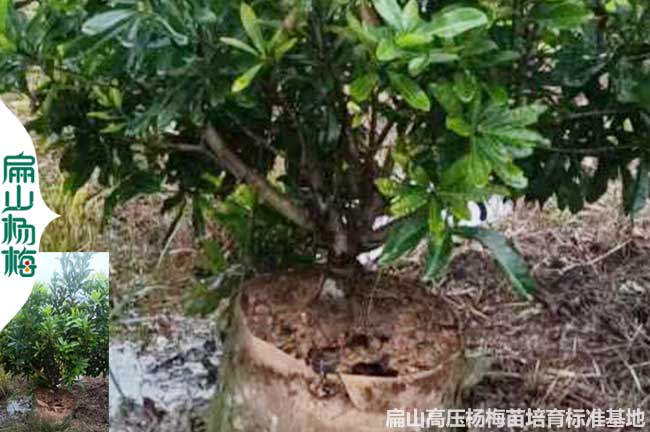
① Yangmei brown spot and anthracnose. Mainly harmful to leaves. Prevention and control measures: a) Clear the source of the disease, strengthen forest management measures, and enhance tree vigor; b) Spray with 70% methyl tolbuxone 800-fold solution or 65% mancozeb 600-fold solution.
② Yangmei soft rot and dry rot. The main harm to branches and trunks is caused by weak parasitic bacteria. The prevention and control methods are basically the same as the above, and the disease spots can also be scraped off and coated with 402 antibacterial agent 50-100 times the liquid.
